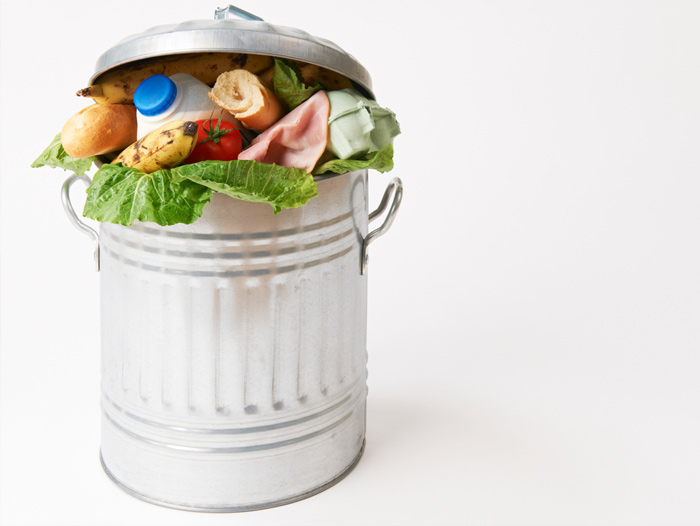Opportunity Mapping for Horticultural Waste Streams
May 13, 2022 | 2 min to read

Approximately 74% of Canadian fruits and vegetables are wasted before they reach consumers for a myriad of reasons.
One third of that total, considered unavoidable because of current processing and grading standards, generates expenses for producers and processors who must dispose at landfills, ship to neighbouring livestock farms or allow to decompose on unused plots of land.
To tackle this issue and help increase the industry’s environmental sustainability, Vineland Research and Innovation Centre (Vineland) examined underutilized waste streams for the top seven Canadian produce crops including potatoes, apples, field tomatoes, greenhouse tomatoes, greenhouse cucumbers, onions and carrots and identified the range of opportunities for managing these by-products.
“We interviewed over 40 companies across the horticulture and food value chain to identify underutilized by-products, better understand trends driving product formulation and find gaps in the ingredient market that could be filled through the transformation of waste,” says Alexandra Grygorczyk, PhD, Vineland’s Research Scientist, Sensory & Consumer Services. “We found not all sectors have similar levels of waste although those producing the most waste are actively looking for the right solutions.”
Fresh market field crops including apples, carrots, potatoes, onions and tomatoes result in limited waste as nearly all edible seconds are sold for further processing.
However, since no processing market exists for greenhouse tomatoes and cucumbers, edible products with any amount of discoloration or other cosmetic defect are either landfilled or allowed to decompose near the greenhouse.
The processing sector generates a substantial volume of unavoidable waste when potatoes, apples, field tomatoes, carrots and onions are processed into chopped, sliced, frozen, fried products, juices or purees.
Vineland’s report, which can be downloaded here, describes solutions to managing diversion including:
- The use of raw material for land amendment, shipping to livestock farms or biodigesters which produce minimal or negative returns but are simple to execute, carry minimal risk and do not require large capital investment
- The conversion of by-products to high-value powders, concentrates, dried pellets or snacks since fruits and vegetables are rich in nutritional and functional compounds
- The use of product waste for agricultural applications such as production of compost, substrate mixes and biofertilizer
- The use in materials engineering (car tires, packaging films) and the construction industry (acoustic tile, binders)
“The greenhouse tomato and cucumber sector along with fruit and vegetable processing have ample volumes of underutilized by-product streams. These have potential, when managed differently, to help organizations reach environmental sustainability targets and generate better returns from value-added products,” says Grygorczyk.
This research was supported by the Canadian Agricultural Strategic Priorities Program (Agriculture and Agri-Food Canada), Martin’s Family Fruit Farms and the Canadian Agricultural Partnership (the Partnership), a five-year initiative.
